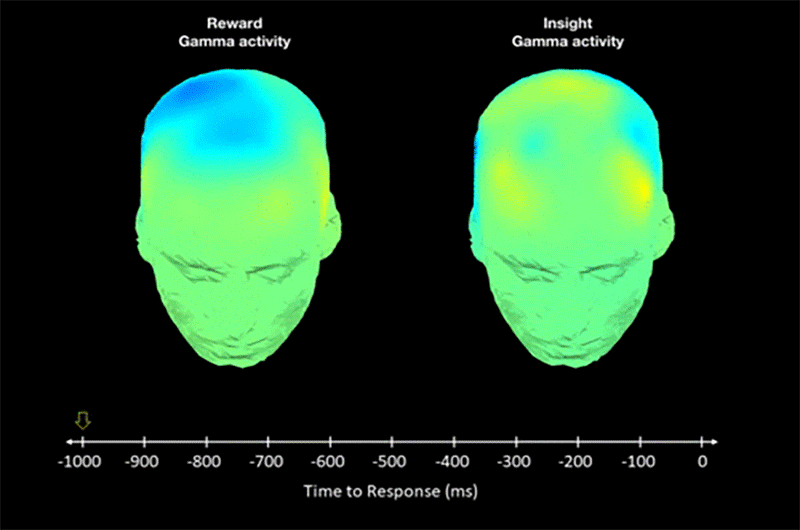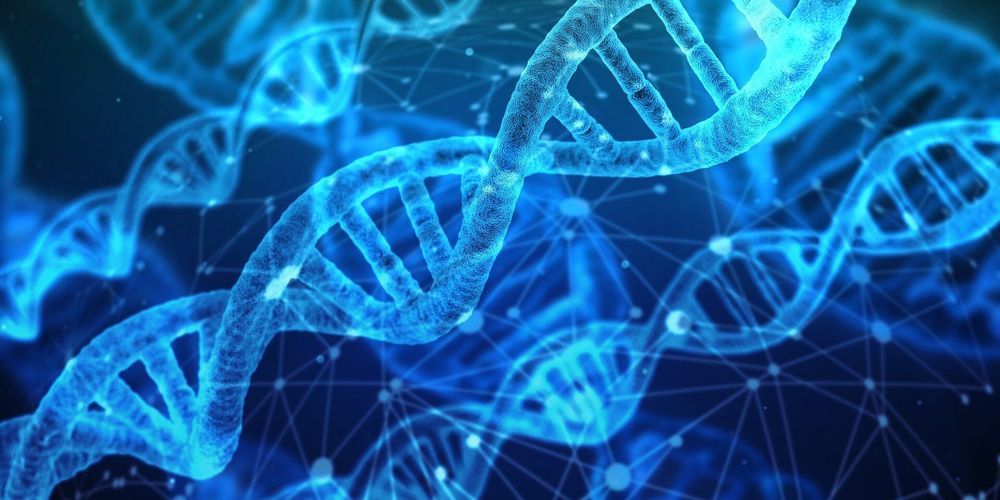The McGill University paleontologist, who died from COVID-19, was known for using multidisciplinary methods to explore the origins of amphibians, birds, and mammals.



Water spliting got cheaper.
Alkaline anion exchange membrane (AEM) electrolysers to produce hydrogen from water are still at an early stage of development, and their performance is far lower than that of systems based on proton exchange membranes. Here, we report an ammonium-enriched anion exchange ionomer that improves the performance of an AEM electrolyser to levels approaching that of state-of-the-art proton exchange membrane electrolysers. Using rotating-disk electrode experiments, we show that a high pH (13) in the electrode binder is the critical factor for improving the activity of the hydrogen- and oxygen-evolution reactions in AEM electrolysers. Based on this observation, we prepared and tested several quaternized polystyrene electrode binders in an AEM electrolyser. Using the binder with the highest ionic concentration and a NiFe oxygen evolution catalyst, we demonstrated performance of 2.7 A cm−2 at 1.8 V without a corrosive circulating alkaline solution. The limited durability of the AEM electrolyser remains a challenge to be addressed in the future.

Dinorah Delphin has unveiled another magnificent issue of the Immortalists Magazine. She has clearly focused her contributing authors on the world pandemic, with impressive results.
One of the outstanding articles is from our pal, the Chairman of the USTP, Gennady Stolyarov. Gennady levels an eviscerating attack on the American health care system.
I can see that Gennady has a visceral reaction to mass death. There is passionate, broiling anger in the lines of his article. He seems to be mounting a crusade, and I’m going to confess that I’m considering arming myself for battle.
“…there has not been the will…to prioritize public health and longevity as the overarching objective of the economy and of society.”
People have amazingly short attention spans. And you might think, after looking back at previous epidemics, that shortly after this subsides that everyone will go back to debating trivia on TV and quibbling over the latest inanities bellowed from the podium by the oompa loompa moron. After all are there vaccines for SARS, MERS, or HIV? No, there are not. It takes will and effort and money and focus and time to create an effective vaccine. I understand that the world record quickest vaccine development was for the mumps and that that effort took 4 years. However, this virus may have a second and a third wave coming, which might function as a nightmare wake-up alarm that can’t be shut off. There is the potential that at some point the mountainous pile of dead bodies will actually focus this nation’s attention on delivering a lasting solution. I credit Gennady for having the foresight to immediately engage the USTP in a series of proposals designed to enable that lasting solution.
What would our world look like if the number one priority was making everyone healthy enough to live forever?
Discover the Most Radical Ideas.
Shaping Human Evolution!

An international team of researchers has found that an ancient crocodile relative underwent body transitions as it evolved from a land to a sea creature before its ears changed to suit an underwater environment. In their paper published in Proceedings of the National Academy of Sciences, the group describes their in-depth study of thalattosuchia skulls and what they found.
Thalattosuchia was an ancient crocodile species that lived in the world’s oceans over 150 million years ago. But before that, they were land-dwelling. Prior research has shown that they took to water in a much slower fashion than other creatures like whales, existing as semi-aquatic creatures for many years before becoming full-fledged sea creatures. Study of their fossilized remains has shown their front legs evolving to become fins, and their back legs evolving into a fluked tail. Their bodies grew slimmer and sleeker to so they could glide smoothly through the water. And once they became sea creatures, their internal organs changed to suit the new environment. One such organ was the inner ear. And it was this organ that was the focus of this new work.
To learn more about the evolution of thalattosuchia’s ears, the researchers conducted CAT scans on over a dozen skull fossils. They focused most specifically on the inner ear structures used to maintain balance and equilibrium in land creatures.


New psychology study shows that some people have increased brain sensitivity for “aha moments”.
The researchers scanned brains of participants and noticed orgasm-like signals during insights.
The scientists think this evolutionary adaptation drives creation of science and culture.
If you found this article interesting or informative and you’d like to share it you can do so from the following link: https://m.facebook.com/story.php?story_fbid=569991543629194&id=383136302314720
Research shows how “aha moments” affect the brain and cause the evolution of creativity.
Via Harvard David A. Sinclair “The coronavirus is part bat & part human virus. A new study says the Frankenstein event happened well before its transmission to humans. Wait, what? Humans first infected bats?
The intermediate Frankenstein coronavirus has part human/part bat versions of the spike protein (the knobs on the outside of the virus & what COVID-19 vaccines target). Coronafrankenstein is formally called RaTG13, the name, rank & serial # of a horseshoe bat sample. If we gave bats coronavirus first, then people, including scientists, should stay away from bats especially if they don’t feel well. That’s why, as much as I like cats, I don’t like how they can catch it from us. It’s a potentially vicious cycle.
The new study says a mutation has changed the spike protein of an Indian strain of coronavirus that likely reduces its ability to transmit, but “raises the alarm that the ongoing vaccine development may become futile in future epidemics” like seasonal flu.”
Monitoring the mutation dynamics of SARS-CoV-2 is critical for the development of effective approaches to contain the pathogen. By analyzing 106 SARS-CoV-2 and 39 SARS genome sequences, we provided direct genetic evidence that SARS-CoV-2 has a much lower mutation rate than SARS. Minimum Evolution phylogeny analysis revealed the putative original status of SARS-CoV-2 and the early-stage spread history. The discrepant phylogenies for the spike protein and its receptor binding domain proved a previously reported structural rearrangement prior to the emergence of SARS-CoV-2. Despite that we found the spike glycoprotein of SARS-CoV-2 is particularly more conserved, we identified a mutation that leads to weaker receptor binding capability, which concerns a SARS-CoV-2 sample collected on 27th January 2020 from India. This represents the first report of a significant SARS-CoV-2 mutant, and raises the alarm that the ongoing vaccine development may become futile in future epidemic if more mutations were identified.


Since 1975, Roxanne Meadows has worked with renowned futurist Jacque Fresco to develop and promote The Venus Project. The function of this project is to find alternative solutions to the many problems that confront the world today. She participated in the exterior and interior design and construction of the buildings of The Venus Project’s 21-acre research and planning center.

For transhumanists, the possibilities of human interconnectivity via technology is only the beginning of how people may eventually transcend the limitations of their bodies. Photographer David Vintiner and art director Gem Fletcher set out to meet the innovators, artists, and dreamers within the transhumanism movement who are pushing the boundaries of their biology to become something more than human. Their project I Want to Believe consists of three chapters — the first touching on wearable technology, the second on individuals who have made permanent changes to their bodies, and the last on how some transhumanists plan to transcend the human condition.
“Science and human advancement has always been propelled forward by the people who do things differently and those who are not afraid to break the rules.”